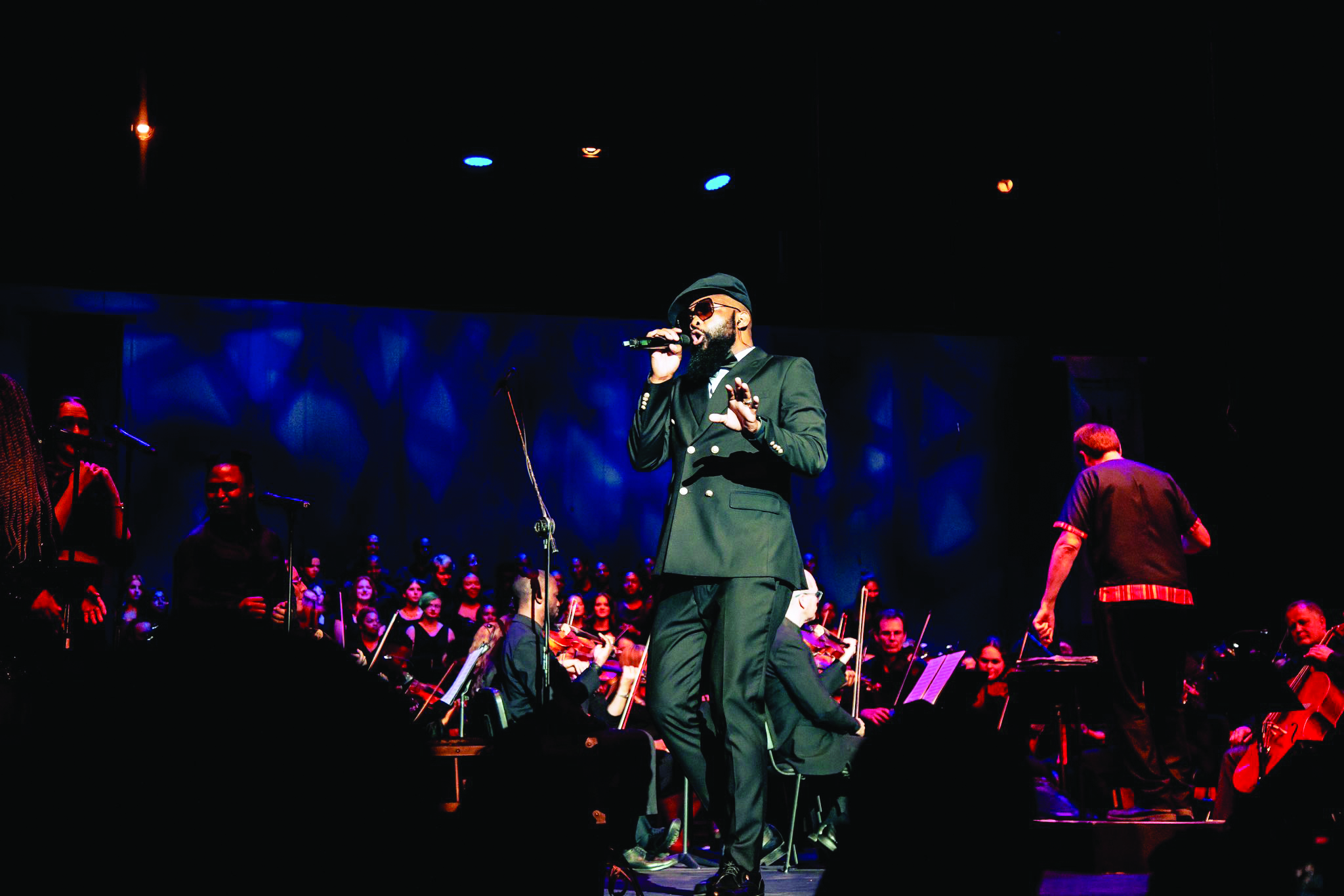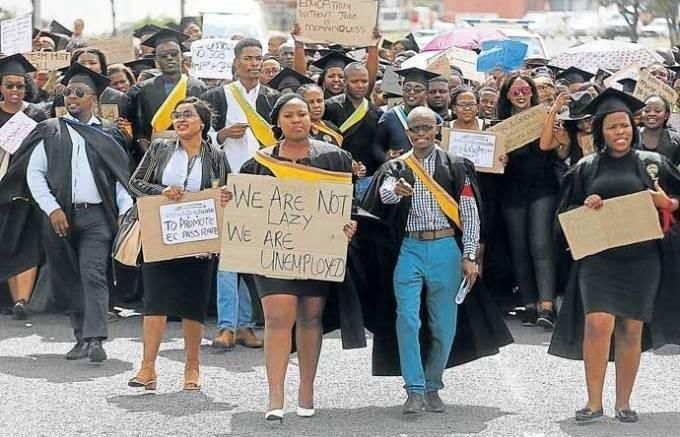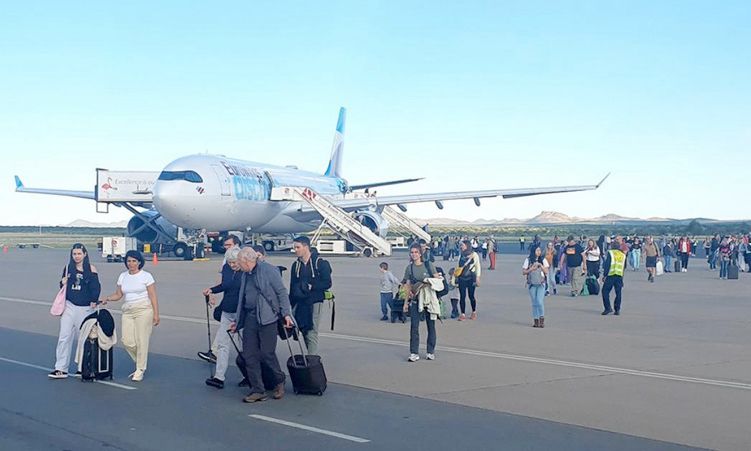Namibia’s vibrant music scene has witnessed a remarkable event that left audiences enthralled and captivated.
Gazza, known for his infectious kwaito beats, took a bold step by bringing us ‘Gazza Goes Symphonic: In a Concert of Hope’ alongside Alabama-based conductor Alex Fokkens, 120 members of the Namibia National Symphony Orchestra and the Vocal Reflections choir, signalling a major move not only for his own career but also for local entertainment as a whole.
This unique fusion of kwaito music and classical elements showcased Gazza’s versatility as an artist and opened new avenues for creativity and collaboration. The adaptation of kwaito music for the theatre setting was a daring and innovative concept, intriguing both music enthusiasts and theatre aficionados. Combining the raw energy of kwaito with the refined elegance of a symphony orchestra, Gazza demonstrated the potential for diverse genres to coexist and complement one another.
This ambitious undertaking showcased the artist’s willingness to explore new horizons and push the boundaries of his craft.
After the conclusion of what the artist describes as a 10-year dream, he expressed gratitude to the legions of fans who showed up for the two nights at the National Theatre of Namibia last weekend.
He also reiterated that the concert was held as a form of artistic protest under #WeAreHere.
“[It is] a movement for all of us in the creative industry. A movement requesting assistance from the government, the private sector and relevant stakeholders to help us create better infrastructure for better control of our creations and to increase the chances of monetisation, for us to thrive,” he said.
Central to the success of Gazza’s symphonic show was the conductor and the orchestra, whose skilful interpretation and arrangement transformed his music into an enchanting symphonic experience. Fokkens’ role in harmonising the various musical elements and guiding the orchestra cannot be overstated. Their ability to seamlessly blend the distinct sounds allowed for a harmonious fusion that both delighted the audience and showcased the depth and richness of Gazza’s music.
The conductor has had a long career and has built himself up to be one of the most sought after orchestra leads in southern Africa. He has conducted music all over the world and is currently the head of music at the Alabama School of Fine Arts in the United States.
The event was no easy feat to bring to life and was the result of dedication, sleepless nights and daring to dream big, says GMP marketing consultant Aba Leukes.
After being approached by local violinist Ronaldo Kandume to create this event, the team jumped at the opportunity to pull off the major partnership, which Kandume dubbed “history in the making”.
“It was a difficult one to pull off because we planned it with minimal resources, so it was quite risky,” Leukes says, adding that because it was something that hadn’t been done before, financial backing was hard to come by, although they are grateful for the support they did receive.
With just three days together to rehearse and an already packed schedule for the busy and booked artist, the huge team worked hard to settle into a comfortable rhythm, and eventually, it all came together.
“It was an 11-song set, initially. It was trimmed down, and at that stage everyone started feeling this sense of overwhelming pressure to make this a success. At some point, the ticket sales just skyrocketed and we were hit with this reality that there’s going to be a lot of people in the stands and we cannot mess this up. We felt that it was either we do it properly or not at all,” says Leukes.
The symphonic show received rave reviews on social media, with audiences lauding Gazza’s boldness and musical prowess.
He was called everything from a “trendsetter” to a “legend”.
Many praised the seamless integration of kwaito and symphonic elements, noting how the performance took them on an exhilarating journey that transcended genre boundaries. There were those who felt the show strayed too far from the classical roots of a symphony, blurring the line between genres, and some social media users claimed the fusion couldn’t be considered “classical”.
Either way, Gazza’s ability to connect with his audience was evident in their enthusiastic response, reinforcing his position as a leading figure in Namibian music.
Additionally, it is important to recognise that artistic expression thrives on experimentation and evolution. Gazza’s symphonic show presented an opportunity for musicians from different backgrounds to collaborate and create something truly unique, pushing the boundaries of what is considered conventional.
“At the end it was a matter of having fun on stage and just living in the moment and it was about making sure that everyone leaves there having had the time of their life,” says Leukes.
The symphonic endeavour could very well mark a pivotal moment in
Gazza’s career, possibly prompting an evolution into the next phase of his musical journey, as many call on him to embrace the ever-changing nature of his calling.
By successfully incorporating a symphony orchestra into his performance, Gazza has expanded his artistic repertoire and broadened his appeal. The groundbreaking concert not only showcased his versatility as an artist but also communicated a significant milestone for the Namibian music industry.
The fusion of kwaito music and symphonic elements certainly sparked conversations about the possibilities of genre-blending collaborations. Gazza’s evolution into this new phase of his career is a testament to his artistic growth and commitment to pushing boundaries, inspiring both his peers and the next generation of Namibian musicians to explore uncharted musical territories.
- Anne Hambuda is a poet, writer and social commentator from Windhoek. Email her at annehambuda@gmail.com
Stay informed with The Namibian – your source for credible journalism. Get in-depth reporting and opinions for
only N$85 a month. Invest in journalism, invest in democracy –
Subscribe Now!










